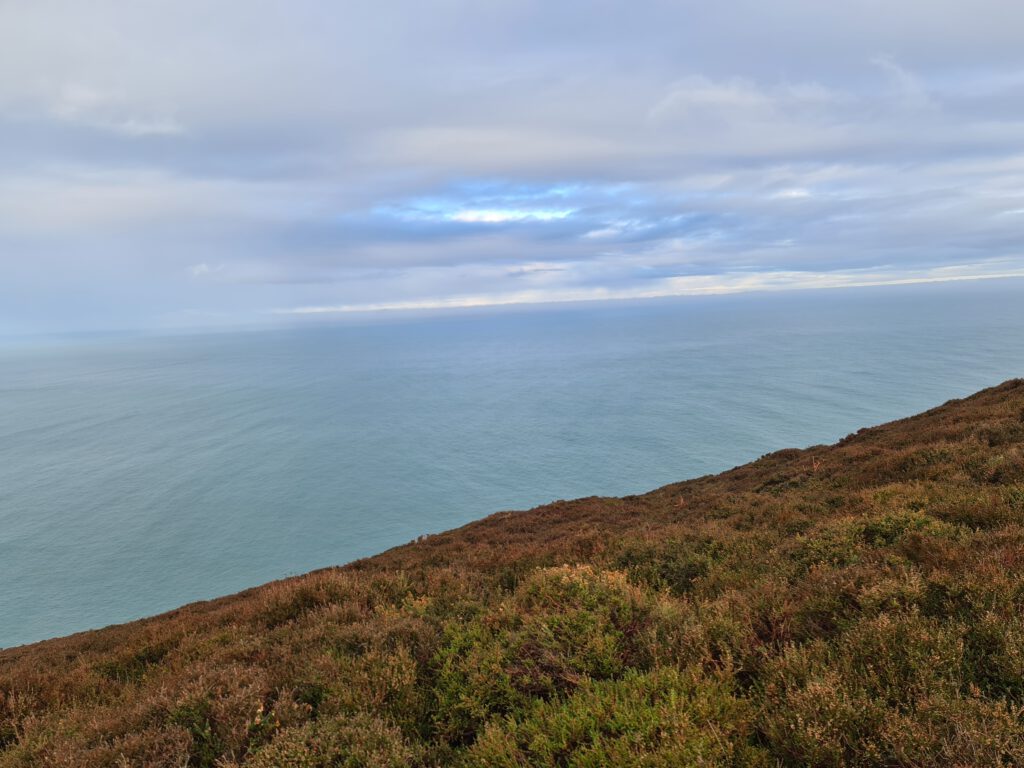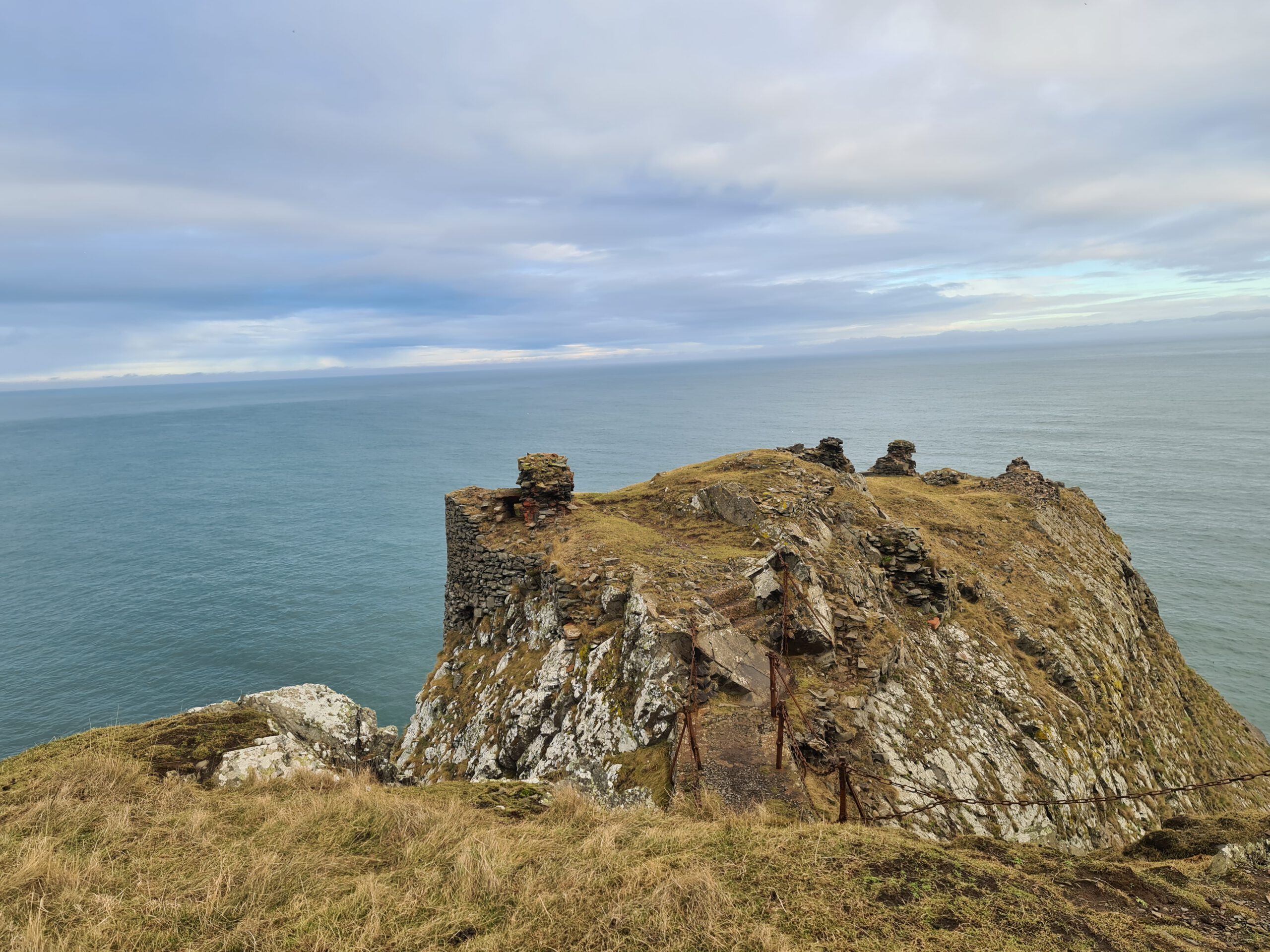Location: Scottish Borders, near Coldingham
kind of castle: courtyard castle
today: ruin
public transport: non (a short walk from parking near a farm, especially for the castle)
scheduled monument: yes
managed by: National Trust for Scotland
entrance fee: £ 0
opening times: all year round, 24/7 (be careful when walking through the fields, keep clear of the livestock)
Directions: Fast Castle – Google Maps

Fast Castle is a former courtyard castle located near Coldingham, Berwickshire in the Scottish Borders. These days there is not much left of the once perfectly situated fortress right on the shores of the North Sea.
First build around the 14th century Fast Castle occupies the triangular summit of a high cliff stack, separated from the mainland by a narrow ravine. These days this ravine can be crossed by a modern footbridge which is connected by a half-mile walk from a small carpark.
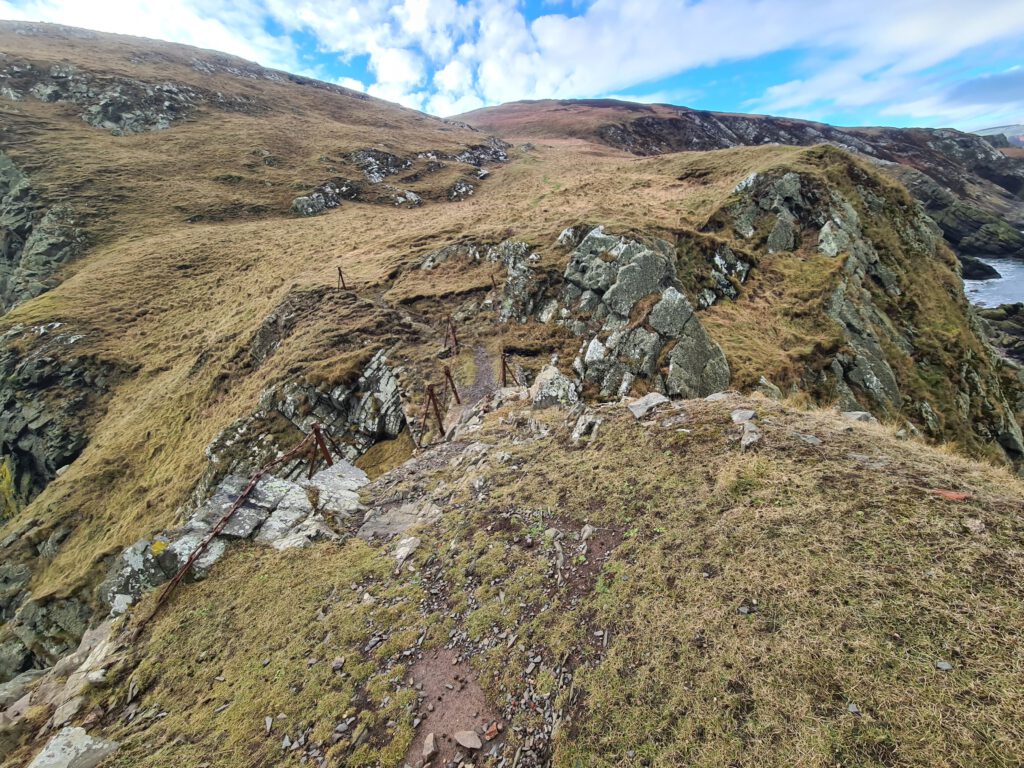
Not much of the former castle with its square tower keep and split-level courtyard behind is left today and people walking to the castle must often wonder what the fortress once must have looked like. Imagine the fragments of the gate-tower, hall, and curtain wall, forming a whole castle in which even Mary Queen of Scots once stayed.
The area was fortified by the 14th century; however it is thought to have been used for a fortification well before then, maybe made of timber or already out of rocks and completely disfortified by the time the new castle was built? We don’t know!
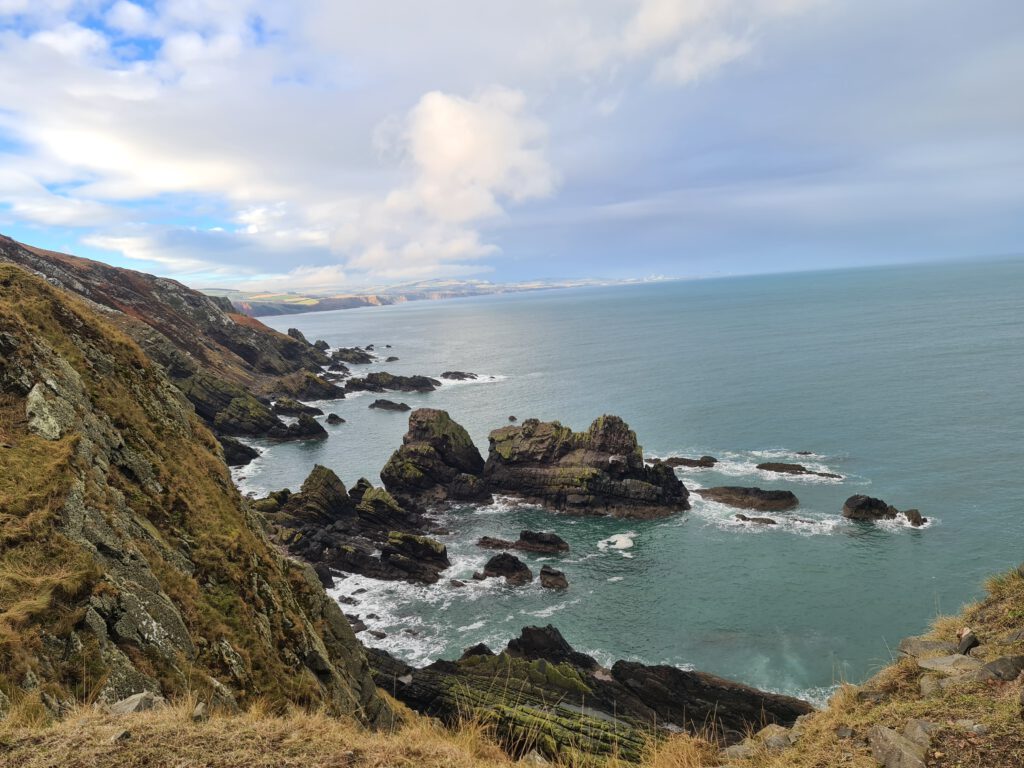
What we do know is that the stronghold was owned by the Dunbar family and their offshoot the Homes (who also owned Ayton Castle – A scottish World, not too far off Fast Castle), due to that it is very likely that the castle was once built by them as well.
Fast Caste had its big breakthrough in history in 1346 when it had been captured by the English. Located in the borders, this happened a lot around that time and sadly the English were able to hold the castle for nearly 65 years, until 1410, when Patrick, son of the Earl of Dunbar recaptured his ancestor’s home (if you believe that it was property of the Homes and Dunbars before, there is no such thing as evidence for it).

From 1410 on, the castle for sure was in the hands of the Homes and remained such through the early 16th century. In 1515 the castle was taken and destroyed by the Regent Albany, who had a fall out with the Chamberlain Lord Home after the Battle of Flodden. Lord Home was executed.
Seven years later the next Lord Home restored the castle. The floorplan was drawn up in 1549 and showed a castle divided into two courtyards, an upper one close to the shore and a lower one right on the edge of the stack. The ravine back then was crossed by a little drawbridge from which a visitor would have reached a small gatehouse, which was overlooked by the 15th century tower.
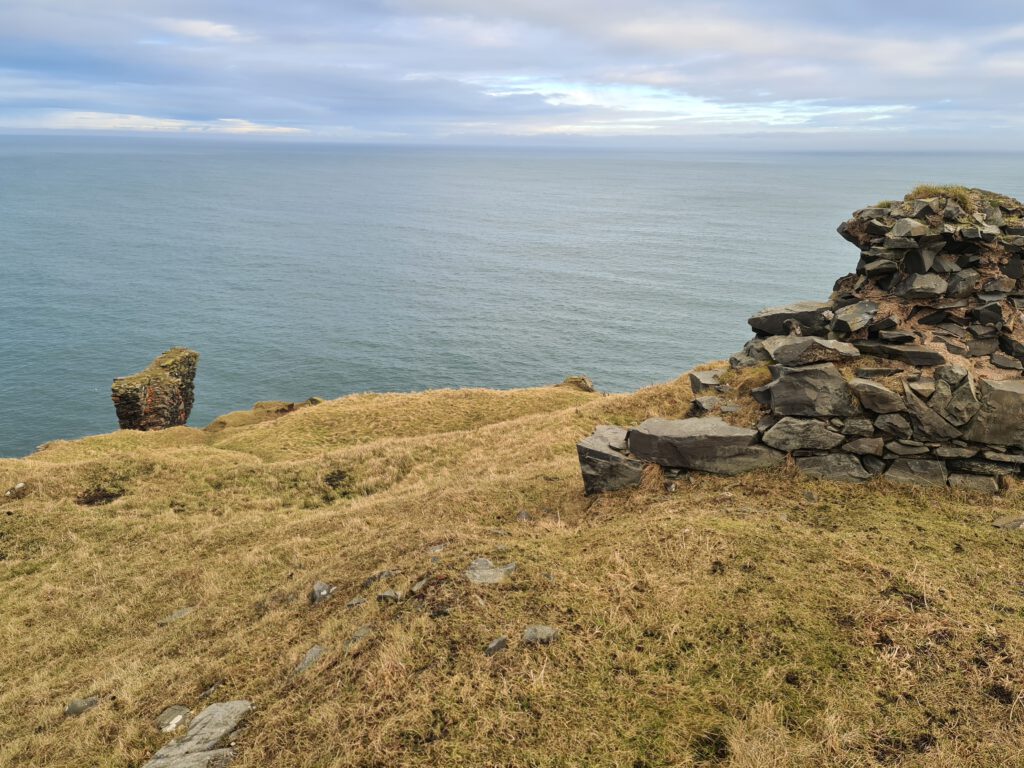
While the plan was drawn up, the castle was occupied by the English once more. Starting in 1547 this occupation lasted until 1566, the same year Queen Mary paid the castle a visit. The forfeited queen wasn’t the only royal who stayed here, although maybe the only willing one.
Retaken by the English just four years later, the castle didn’t go back to its rightful heir until 1576 when it was handed over to the Regent Morton who granted it to Robert Logan of Restalrig, who was the rightful air to the whole estate. Soon later in 1593 Robert Logan ended up in trouble and was declared a rebel, his castle being searched for hidden treasures.
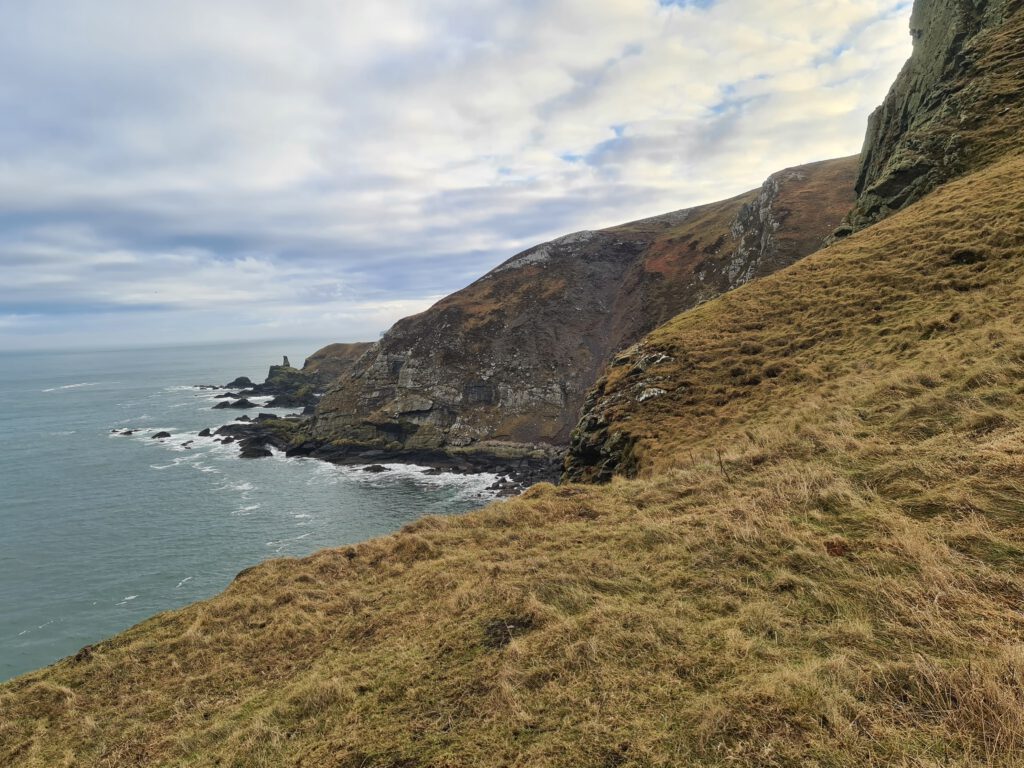
The history of the castle goes downwards from that time on. Being involved in the Gowrie Conspiracy, in 1605 Logan was involved and King James VI held prisoner at Fast Castle.
Logan died in 1606, when the castle went to Archibald Douglas of Pittendreich, from whom it passed back to the Dunbar family, the Arnots and finally again to the Homes in 1617. Forcibly taking Fast Castle back from the Hepburns in 1636 the Earl of Home finally gained back the land again. The ownership of the barony however went on being disputed for the next thirteen years.
In 1682 the lands were sold to the Halls of Dunglass, the castle wasn’t mentioned anymore. It is believed that it has become ruinous during Cromwells occupation in the years before.
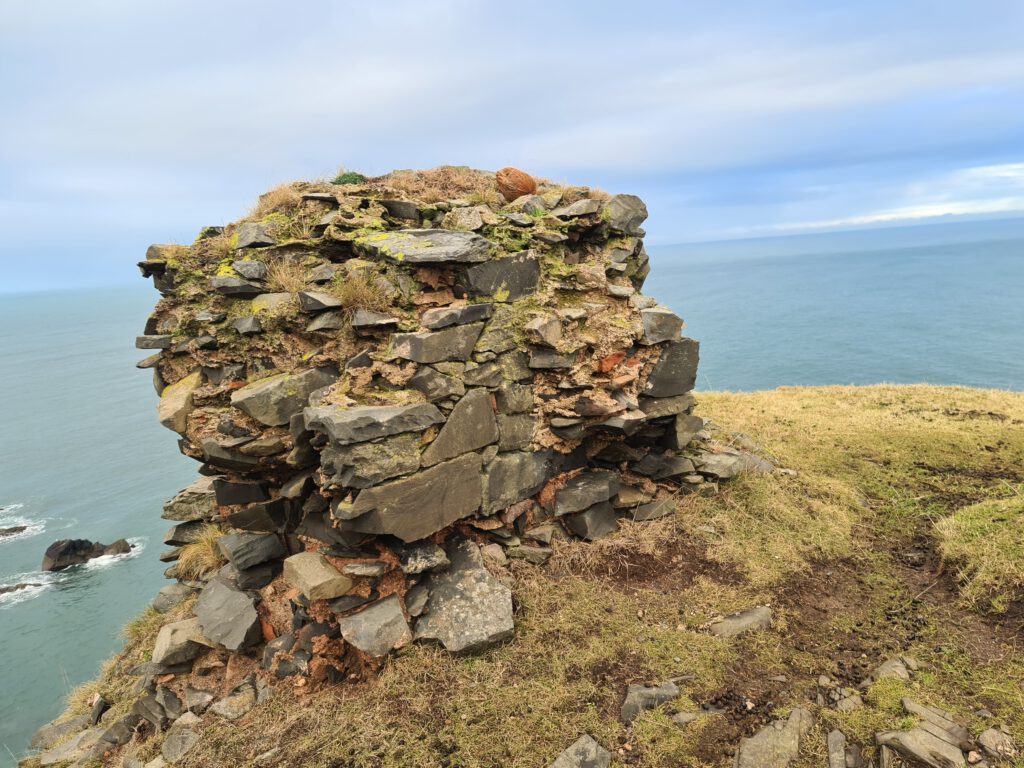
One thing is for sure, in the 17th century the castle has last been used by someone living there, before it became ruinous and all that was left to fight over was a ruin in the middle of a barony.
There is another thing about the castle, except on when there first was build some kind of a fortification, which is mysterious and possibly more a legend than a real thing. It is the point of access from the sea to the castle. According to legend, the castle had a tunnel leading to a cave at sea level, this legend unfortunately is far from proven right.
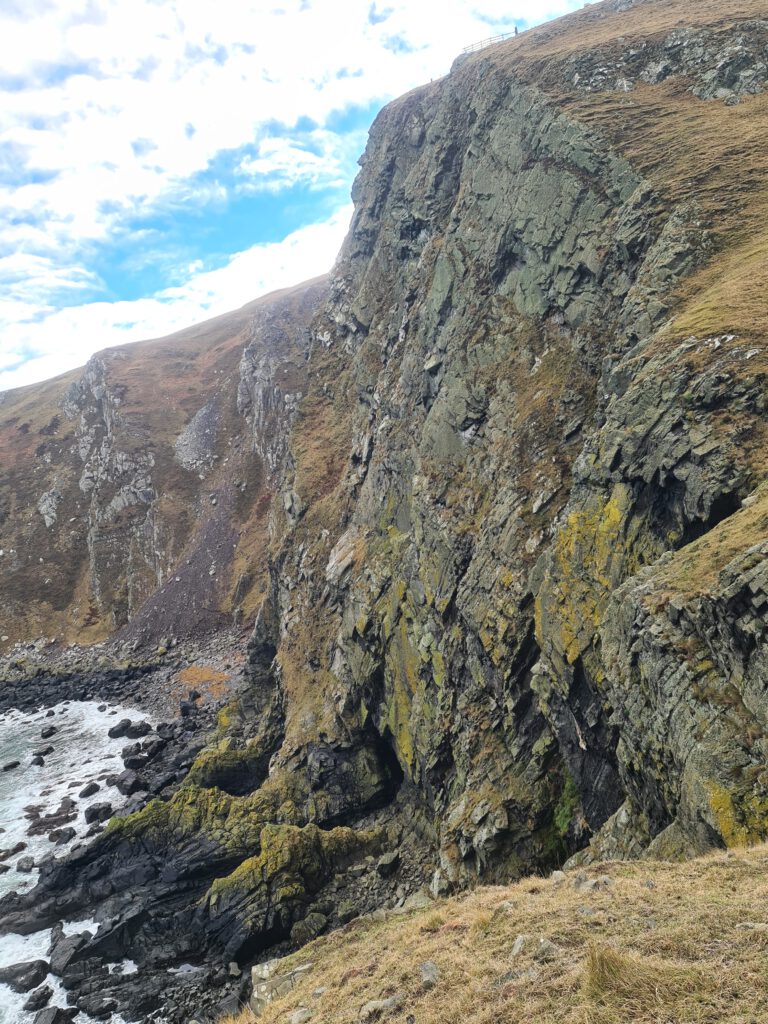
The great Sir Walter Scott got inspired by Fast Castle, in his novel ‘The Bride of Lammermoor’ the featured ‘Wolf’s Craig’ was built on the inspiration of Fast Castle, a mysterious thing here was for sure that ‘Wolf’s Craig’ was struck by lightning, a fate that Fast Castle suffered in 1871, 52 years after the novel was published in 1819.
Such a lot of mystery is to be found at a single castle and yet another thing to mention, the castle was originally known as Fause (False) Castle since it is said that there were lights hung out of the windows to mislead shipping. Shipmasters who saw the light while travelling in darkness thought it to be a save harbour whereas they really had just been guided on to rocks where wrecking parties awaited the unfortunate for plunder.
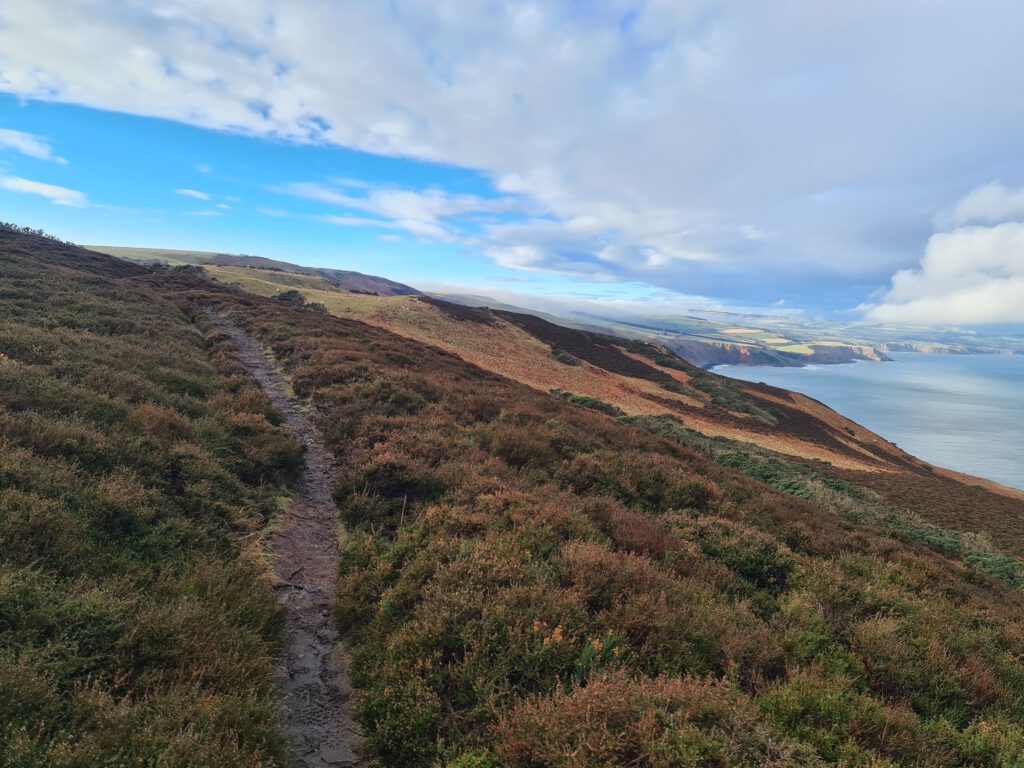
If you wish to visit the castle ruin, I suggest that you wear sturdy shoes since the way down to the castle is fairly good but still got some steeper sections and at the castles end of today’s concrete bridge there is a smooth sloping slab or rock (otherwise maybe called a ‘bad step’) and the chains which are supposed to give a sense of safety don’t really protect one if not careful. The walk itself however is very nice and in the end is totally worth it when you stand on the fallen down stones of the former castle, enjoying great views over the North Sea.
